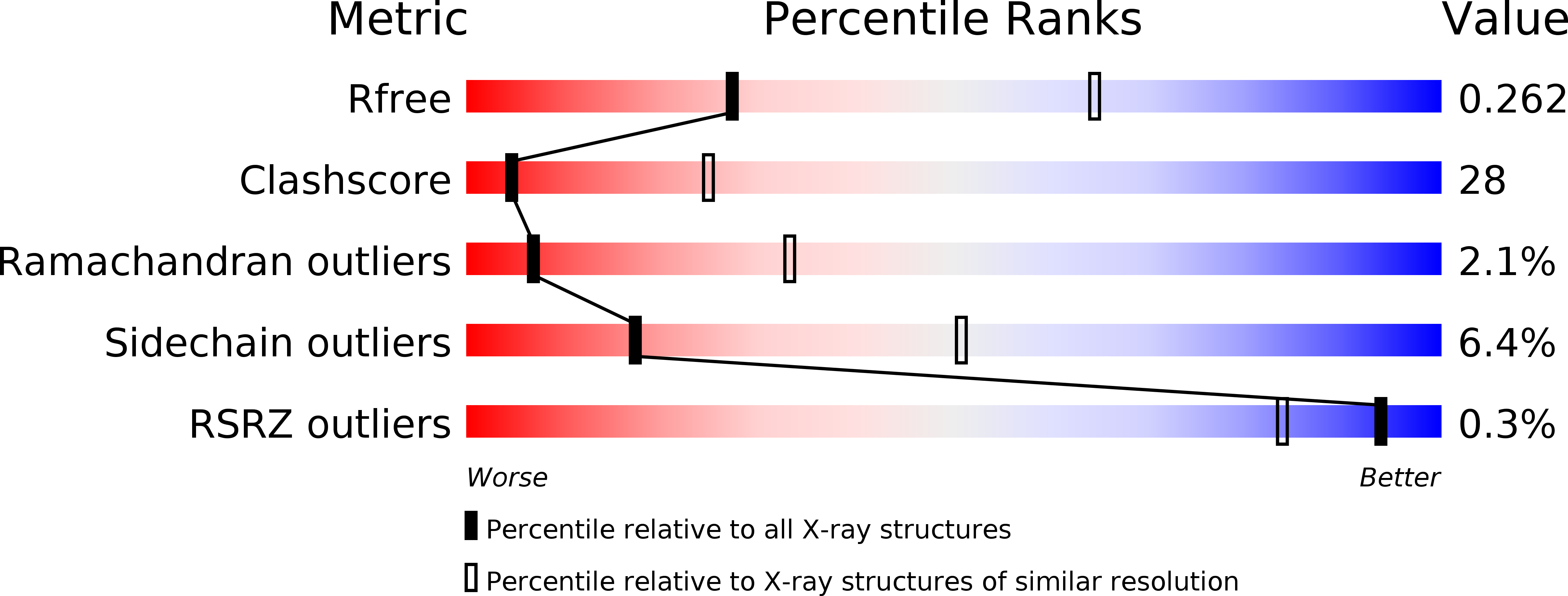
Deposition Date
2005-05-23
Release Date
2006-08-24
Last Version Date
2023-12-13
Entry Detail
Biological Source:
Source Organism:
NEISSERIA GONORRHOEAE (Taxon ID: 485)
Host Organism:
Method Details:
Experimental Method:
Resolution:
3.00 Å
R-Value Free:
0.27
R-Value Work:
0.21
R-Value Observed:
0.21
Space Group:
P 1 21 1


